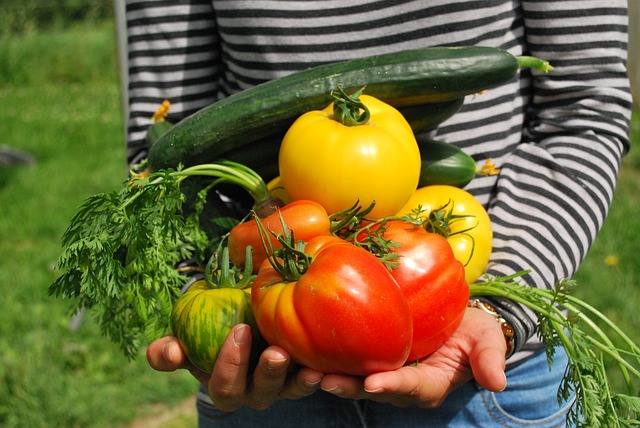How to Care for the Luckiest Houseplant
Instead of carrying around a rabbit’s foot or a four leaf clover, try adding jade plants to your home for good luck! These plants signify wealth and prosperity, so they make the perfect addition to offices and homes. Like most succulents, they’re low-maintenance and easy to care for.
You don’t need to be lucky to find success, just follow these simple care instructions for your jade plant.
Water
Instead of watering your jade plant on a schedule, water as needed. If the top inch of the soil is completely dry, it’s time to water. Depending on the amount of sun and the room temperature, water needs may vary. If your jade plant starts to lose leaves or develop sun spots, it’s trying to tell you it’s thirsty. Water just enough to moisten the soil.
As with all houseplants, avoid over watering as it can lead to root rot and other diseases.
Sunlight
Jade plants love sunlight. Just four to six hours of direct sun a dat promotes healthy growth also protects against diseases. Place your jade plant on a sunny windowsill at work or at home.
Certain varieties of jade, typically ones with variegated leaves, don’t need as much sun. Look for a variety than can thrive in indirect sunlight to place on your desk or coffee table. Jade plants love mild temperatures, anywhere from 50 to 75 degrees Fahrenheit will do.
Soil
Jade prefers a well-draining soil to avoid becoming water logged. Espoma’s Organic Cactus Mix is specialized for succulents. It promotes healthy root growth with its optimum aeration and drainage. Clay pots are great for jade plants because they wick away any excess water and help protect the plant from over watering damage.
Fertilize
Fertilize your jade plant regularly to keep it healthy and growing, try Espoma’s Cactus! Liquid plant food for succulents.
With just a little care, your new jade plant will bring you plenty of luck and prosperity!
Want to be creative with succulents? Try this DIY paint can planter for succulents.




